Backed by the Iraqi air force, the Popular Mobilization Forces (PMF) – an umbrella organization for Iraqi paramilitaries – launched an offensive this week southwest of Mosul in Nineveh Province to capture territory from the Islamic State. Iran’s Islamic Revolutionary Guard Corps (IRGC) has embedded operatives in the PMF and supports a number of its component militias.
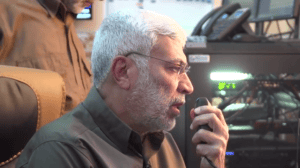
Photo 1: PMF operations commander and designated terrorist Abu Mahdi al Muhandis announcing start of Operation Muhammad Rasulollah, April 25, 2017.
Abu Mahdi al Muhandis – the PMF operations commander and designated global terrorist – announced the launch of “Operation Muhammad Rasulollah” (Muhammad, Prophet of God) on Tuesday. Proclaiming the capture of the ancient town of Hadr on Wednesday – after meeting light resistance – he claimed the area serves as launching pad to advance northwest towards the town of Baaj near the Syrian border, as well as creating more maneuvering space around Tal Afar – a town to the west of Mosul that has been besieged by the Iraqi forces, the PMF and IRGC-backed militias since November.
Muhandis is close to Major General Qassem Soleimani, the chief of the IRGC extraterritorial branch Qods Force whom the US has also designated as a global terrorist. Soleimani, Muhandis and Qods Force operatives were instrumental in the PMF’s formation in 2014.
IRGC forces have embedded among Iraqi paramilitaries during the Mosul campaign. Although IRGC chief commander has claimed the Iranian presence in the campaign is limited to advising, evidence belies that claim. In the past two months, an IRGC Ground Forces commander and a sniper were confirmed killed during operations near Mosul. Iraqi media last month reported IRGC operative Mojtaba Sardad was killed near Tal Afar, though Iranian media did not report this.
Last month, an Iranian media outlet posted an interview with an Iranian sniper near Mosul. The interview was conducted in October of last year, several days following the launch of the Mosul campaign, according to the report. While the operative may have been exaggerating when he claimed to have killed over 40 militants, his activity is another piece of evidence that Iranian activity in the Mosul campaign extends beyond advising. His IRGC affiliation was not immediately clear, though Qods Force field operatives are not known to give media interviews.
The Iranian was carrying a Russian-made Orsis T-5000 sniper rifle, according to a weapons expert who spoke with The Long War Journal. The rifle has been spotted in Iraq among IRGC-backed Shiite militias and security forces since 2014, according to ARES.
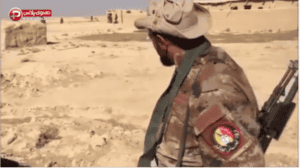
Photo 2: Iranian sniper wearing arm patch of the Abbas Combat Division, October 2016.
The confirmed presence of two Iranian snipers indicates the IRGC has dispatched operatives with that specialized skill to augment Iraqi paramilitaries in combat. The Iranian in the interview was wearing the arm patch of the Abbas Fighting Division, which is tied to the Imam Husayn Shrine in Karbala and is loyal to Iraqi-Shiite Grand Ayatollah Ali Sistani. The sniper killed last month was photographed wearing the arm patch of the Hezbollah Brigades, a US-designated terrorist group.
Since the 2014 Islamic State incursion into Iraq, regular Iranian forces have deployed to augment the Qods Force.
The PMF has announced the units participating in the latest operation. In an attempt to formalize the PMF, a number of militias have been given unit numbers, though groups continue to don their militia affiliations. Participating units include:
- 2nd Brigade, linked to the Imam Ali Combat Division, which is tied to the Imam Ali Shrine in Najaf and is loyal to Sistani.
- 8th Brigade, linked to the Ashura Companies, led by Ammar Hakim, head of the Islamic Supreme Council of Iraq party. The group’s military commander, Kazem al Jaberi, has expressed affinity for Iranian Supreme Leader Ali Khamenei.
- 11th Brigade, linked to the Ali al Akbar Brigade, which is tied to the Imam Husayn Shrine in Karbala and is loyal to Sistani.
- 13th Brigade, linked to the Ali al Akbar Brigade.
- 14th Brigade, linked to the IRGC-controlled Seyyed al Shuhada Brigades.
- 18th Brigade, linked to the IRGC-controlled Khorasani Companies.
- 26th Brigade, linked to the Abbas Combat Division.
- 42nd Brigade, linked to the IRGC-controlled Asaib Ahl al Haq.
The 2nd and 11th brigades entered the Sunni-Arab town of Hadr on Wednesday, according to PMF announcement and footage posted online. Footage from inside the town, however, also showed the Ashura Companies’ flags. It appears that some of the IRGC-backed Iraqi militias that have earned a reputation of sectarian abuse against Sunnis initially stayed on the outskirts to reduce tension with the local population.
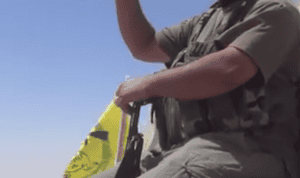
Photo 3. Ashura Companies’ flag flown on vehicle inside Hadr, posted April 27.
The PMF has remained on the outskirts of Mosul city as Iraqi security forces have been leading the grueling assault on the Islamic State’s stronghold. The PMF has cut off the Islamic State’s escape route to Syria.
IRGC-backed forces, however, have participated in the battle for the city of Mosul via the Federal Police, which is fighting in west Mosul. The Badr Organization, a prominent Tehran-backed Iraqi group, controls the Interior Ministry, which oversees the Federal Police – the ranks of which have long been infiltrated by Badr militiamen.
The Iraqi government last year passed measures enshrining the PMF into a military bureaucracy. IRGC-backed Iraqi militias are now the dominant formations in the PMF, which includes militias loyal to Sistani, the leader of the Iraqi-Shiite clergy who hold significant political and social influence – and many members of which do not share the vision of Tehran’s system of theocratic rule.
Per the order of Sistani, PMF units have provided humanitarian assistance for displaced civilians surrounding Mosul.
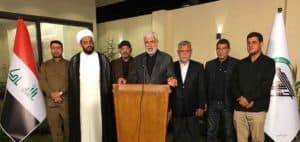
Photo 4: PMF operations commander Abu Mahdi al Muhandis, middle, announcing aid to displaced civilians during press conference. Badr Organization head Hadi al Ameri, right, and Asaib Ahl al Haq head Qais Khazali, left. All are close to Tehran. Posted March 13, 2017.
Tehran’s strategy in Iraq post-Mosul campaign is to use the vehicle of the PMF to portray itself and IRGC-backed elements as legitimate partners that can assist the state establish security, thereby increasing leverage and embedding themselves deeper into the state structure.
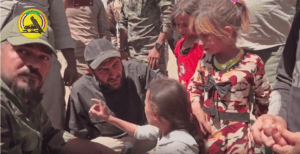
Photo 5: PMF interviewing civilians in Hadr, posted April 27.
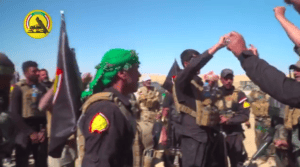
Photo 6: Militiamen donning the Ali al Akbar Brigade emblem, posted April 28.
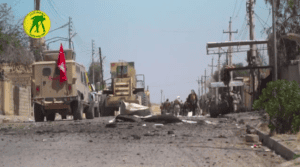
Photo 7: PMF inside Hadr, posted April 28.
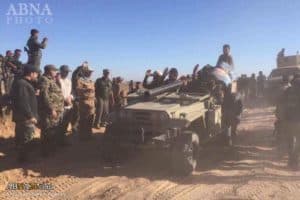
Photo 8: PMF units operating Iranian-manufactured Safir, posted April 26.
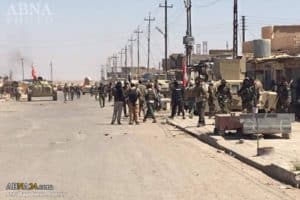
Photo 9: PMF in town of Hadr, posted April 27.
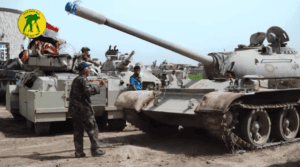
Photo 10: The Abbas Combat Brigade’s mechanized battalion, posted April 24.








6 Comments
will the west recognise the semi-autonomous region of kurdistan as an independent country after the liberation of mosul? that would be a huge blow to iran.
george bush, tony blair, gordan brown and obama gave iraq to iran on a silver platter.
Already 8 months still cannot control Tal Afar. 80,000 heavily armed Shiites cannot defeat 3,000 unequipped mujahideen. Soon there will be scorching desert heat. What a moron….Wasting time and ammo.
daesh control only 5 districts in west mosul. the iraqi PM said mosul will be liberated in daesh.
could this comment of mine be deleted please. thank you.
i meant to say may instead of daesh as my last word.